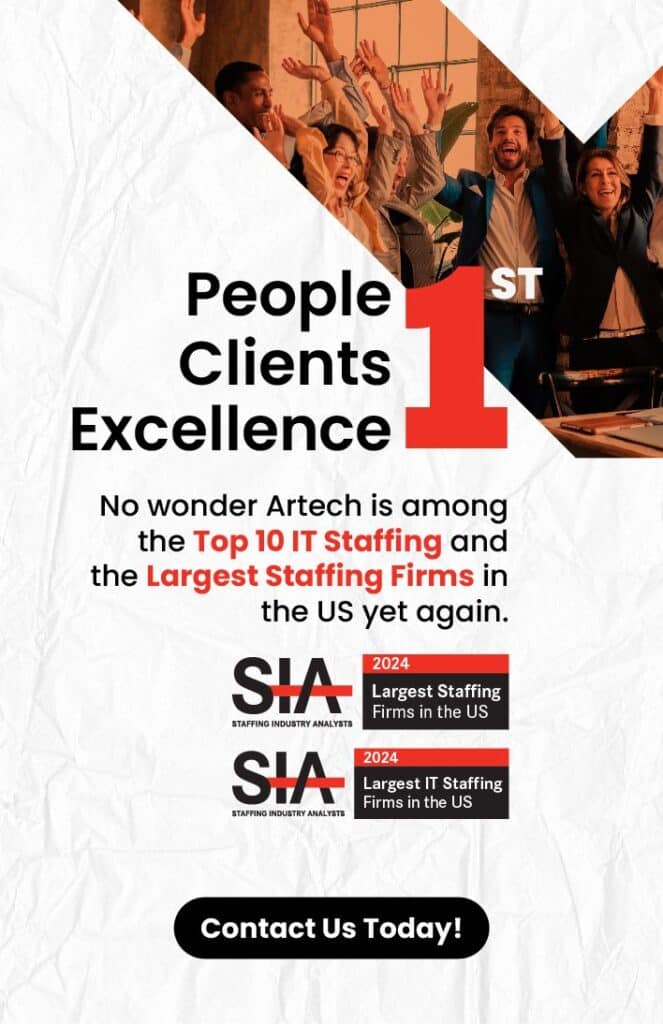Creating a meaningful connection between employees and their organizations is no longer optional—it’s essential. For companies, where diverse cultural and professional backgrounds intersect, this connection plays a crucial role in building trust, driving engagement, and fostering loyalty. With workforce expectations evolving rapidly, ensuring a positive and seamless employee experience has become a business imperative.
One strategy that stands out in achieving it is employee journey mapping. By understanding every touchpoint in an employee’s lifecycle—from recruitment to exit—organizations can design experiences that resonate deeply with their teams. So, let’s map our way through this method of sustaining employees.
What Is Employee Journey Mapping?
Employee journey mapping is the process of visualizing and analyzing every touchpoint an employee has with an organization, from recruitment to exit. Think of it as putting yourself in your employees’ shoes to understand their experiences, pain points, and opportunities for growth.
This process involves:
- Identifying the stages from onboarding, development, promotions, engagement, and exit.
- Gathering employee feedback to pinpoint strengths and areas for improvement.
- Designing tailored interventions to improve employee experience at every stage.
Why Does Employee Journey Mapping Matter?
Addressing Diverse Workforce Needs
When the workforce is diverse, spanning multiple generations, languages, and professional aspirations. A well-crafted employee journey ensures inclusivity, catering to the unique needs of different employee groups.
Attracting and Retaining Talent
With the talent pool being highly competitive in the job market, companies that prioritize employee experience can stand out. A positive employee journey not only attracts top talent but also ensures higher retention rates. Also, streamlined employee journey fosters engagement, loyalty, and productivity, creating a ripple effect of improved performance across the organization.
Stages of Employee Journey Mapping
Stage 1: Recruitment
Recruitment is where first impressions are formed. Candidates assess the company’s culture, transparency, and values during this stage.
Steps to enhance the recruitment experience:
- Provide clear and realistic job descriptions.
- Communicate promptly and transparently throughout the hiring process.
- Use inclusive and bias-free recruitment practices.
Stage 2: Onboarding
Onboarding sets the tone for an employee’s relationship with the organization. A positive onboarding experience can significantly impact long-term engagement.
Tips for better onboarding:
- Provide structured training sessions and resources.
- Assign mentors or buddies for smoother integration.
- Personalize the onboarding journey to reflect individual roles and goals.
Stage 3: Development and Growth
Employees crave opportunities for professional development. This stage involves skill-building, performance evaluations, and career advancement.
How to support employee growth:
- Offer access to learning platforms and certifications.
- Set clear career progression paths.
- Regularly gather feedback to align development programs with employee aspirations.
Stage 4: Engagement
Engaged employees are happier and more productive. Engagement spans various aspects, from workplace culture to meaningful projects.
Ways to improve engagement:
- Foster a culture of open communication.
- Recognize and reward employees for their contributions.
- Organize team-building activities and wellness programs.
Stage 5: Exit
A positive exit process ensures goodwill and leaves the door open for potential rehiring or referrals.
Best practices for exit management:
- Conduct thoughtful exit interviews to gather insights.
- Provide support during the transition phase.
- Celebrate the employee’s contributions to the organization.
What are the benefits of Employee Journey Mapping for Organizations
- By identifying and addressing gaps in the employee journey, organizations can ensure employees feel valued and supported throughout their tenure.
- Seamless and rewarding journey employees reduce turnover rates, saving recruitment costs and retaining organizational knowledge.
- Focus on improving employee experience bolsters the company’s reputation, making it a preferred employer in the competitive job markets.
- Employees who enjoy a positive journey are more likely to stay motivated and contribute to the organization’s success.
Conclusion
When talent is diverse and competition is at its peak, employee journey mapping is more than a tool—it’s a strategy for organizational success. From recruitment to exit, every stage in the employee journey offers an opportunity to improve employee experience and foster a thriving workplace. By understanding and addressing these key moments, companies can create an environment that not only attracts top talent but also retains and nurtures it for long-term growth.
Whether you’re just starting with employee journey mapping or looking to refine your strategies, the journey is worth the effort. After all, an empowered workforce is the foundation of any organization’s success. Make every step of the employee journey a step toward excellence!
FAQs:
What are the key elements of a successful employee journey map?
Key elements include identifying touchpoints, gathering feedback, using data-driven insights, and implementing tailored interventions to improve employee experience.
How often should organizations revisit their plan?
Regularly! Ideally, review the map annually or after significant organizational changes to ensure it reflects current realities and addresses emerging needs.
How can small businesses adopt it?
Start simple—identify core touchpoints, use employee surveys for insights, and implement small, incremental changes to enhance it.
This content is crafted with care by Artech Staff Authors. While it reflects our commitment to quality and accuracy, please note that it is not authored by industry experts. We aim to offer valuable and engaging information, and for more specialized or technical advice, we recommend consulting with professionals in the relevant field. If you have any concerns or require further assistance, please contact us at support@artech.com. Thank you for trusting Artech as your source of informative content.








